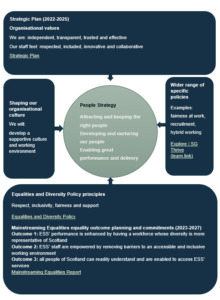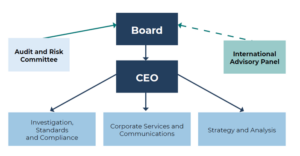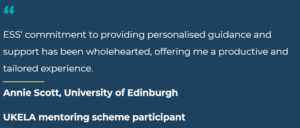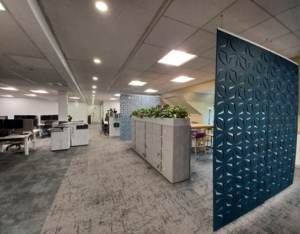Mainstreaming equalities at Environmental Standards Scotland
An update on mainstreaming equalities, our progress against our equality outcomes, and gender representation on our Board.
April 2025
Corporate Report – FINAL – Mainstreaming equalities 2023-25 – April 2025.pdf
Download pdf (738.40 KB)







